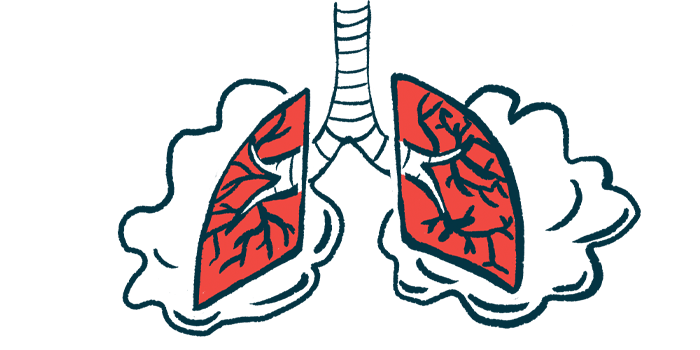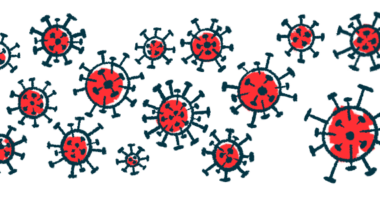Some Cases of ‘Long COVID’ Might Be Undiagnosed Pulmonary Fibrosis

Some people with so-called “long COVID” — breathlessness and other respiratory symptoms that persist long after the acute phase of COVID-19 infection — may have had undiagnosed pulmonary fibrosis before they contracted the infection.
Scientists at University of Michigan Health reported these findings in the study, “Usual Interstitial Pneumonia is the Most Common Finding in Surgical Lung Biopsies from Patients with Persistent Interstitial Lung Disease Following Infection with SARS-CoV-2,” published in the journal EClinicalMedicine.
Since the pandemic’s beginning, scientists have been scrambling to understand all of the different COVID-19 complications. One of the more puzzling has been “long COVID” — when patients have symptoms that persist long after the initial period of acute illness.
“Some of the early publications and popular press around long COVID has implied or assumed that once you had COVID, everything that happens next is COVID-related. Of course, that might or might not be true,” Jeffrey Myers, MD, a professor at Michigan and a study co-author, said in a university press release.
Scientists analyzed lung biopsies from 18 patients (10 males and eight females; mean age 56) who continued to have respiratory symptoms long after they were first infected with SARS-CoV-2, the virus that causes COVID-19.
One patient was a current smoker, and seven were former smokers. Five had known lung diseases like asthma or chronic obstructive pulmonary disease (COPD) before contracting COVID-19. Researchers did not have access to full clinical data for all of the patients.
Analyses revealed that half of the patients showed signs of usual interstitial pneumonia (UIP), a pattern of lung disease that is characterized by progressive fibrosis (scarring) of the lungs. UIP is especially characteristic of idiopathic pulmonary fibrosis (IPF), the most common type of pulmonary fibrosis.
“We were seeing a lot of UIP, which isn’t the pattern we tend to associate with acute lung injury,” study lead author Kristine E. Konopka, MD, said.
“So, we think these are patients who had lung disease prior to COVID and maybe they just weren’t being followed by primary care physicians. They then had COVID, are still sick, and their UIP is finally being picked up,” Konopka said.
Several study patients found to have UIP had no documented history of lung disease before contracting COVID. Given that IPF is the most common disease characterized by UIP, “it seems reasonable to speculate that at least a subset of our patients had [undiagnosed] IPF prior to COVID-19,” the researchers wrote.
The idea that someone might have demonstrable evidence of chronic lung damage, but have no clear symptoms, is a relatively novel concept, Myers said.
“The assumption was if you had UIP/IPF, you were sick and you would know you had it. We’ve learned for a variety of reasons, including the rate at which we use radiology of the chest, there are people walking around with UIP/IPF that aren’t sick. If you test with typical tests for lung function, they come back normal,” Myers said.
IPF is characterized by exacerbations, or episodes of sudden disease worsening. From a biological perspective, according to Myers, the effect of COVID-19 on the lungs is “exactly what happens with an acute exacerbation” of IPF.
Scientists think that this may explain why patients were not experiencing symptoms before they contracted COVID-19, even though they may have had scarring in their lungs.
“Nonetheless any link between these findings and IPF remains speculative; we cannot categorically assert that these changes are unrelated to SARS-CoV-2 infection given the absence of clinical data and imaging studies to assess for [lung disease] prior to COVID-19 in our cohort,” the researchers wrote.
“Additional studies … are needed to further understand the significance of a UIP pattern of fibrosis in patients with persistent respiratory symptoms following recovery from the acute phase of COVID-19,” they wrote.








